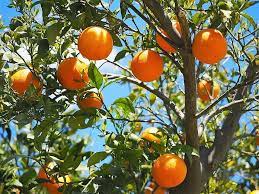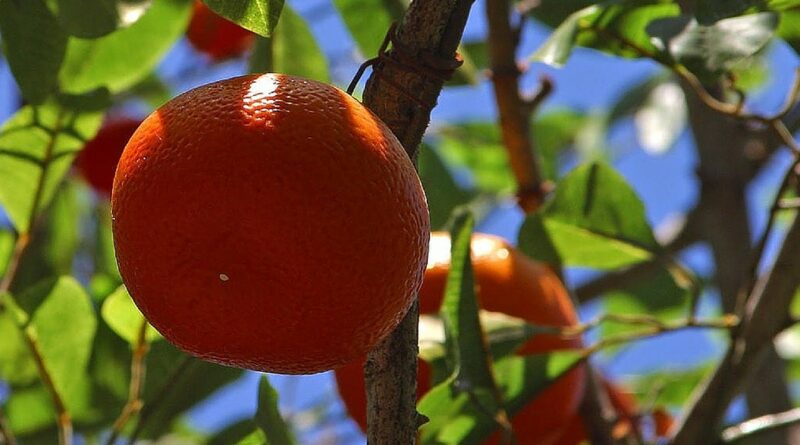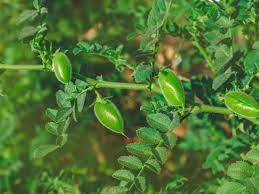Tangerine and Mandarin Trunk: Economic Importance, Uses and By-Products
Tangerine and Mandarin Trunk are typically smooth and thin, covered in a thin layer of bark that can range in color from light brown to a reddish-brown hue. The bark might have small, raised areas called lenticels, which are pores that allow for gas exchange. As the tree ages, the bark might become slightly rougher, but it generally remains relatively smooth compared to some other tree species.
Tangerine and mandarin trees are not known for growing extremely tall. Their trunks tend to be shorter and more multi-branched, giving the tree a more bushy or rounded appearance. This growth habit makes them well-suited for gardens and orchards where space might be limited.
The trunks of tangerine and mandarin trees give rise to numerous branches that spread out in various directions. These branches are often covered in lush, dark green leaves, which provide an attractive contrast to the bark. The branches might be laden with fruits during the growing season, causing them to droop slightly under the weight.
One of the most notable features of tangerine and mandarin trees is their ability to produce small to medium-sized citrus fruits that are sweet, easy to peel, and typically segmented. The fruits are usually bright orange in color and might be slightly flattened in shape. The branches and trunks can be adorned with these fruits, adding to the overall aesthetic appeal.
The Economic Importance and Uses of Tangerine and Mandarin Trunk

Tangerine and mandarin trees belong to the citrus genus and have economic importance due to their fruit production. While the trunks of these trees are not typically the primary focus, they do play a role in supporting the overall health and productivity of the tree.
Here are some economic and practical uses of tangerine and mandarin trees, including their trunks:
1. Fruit Production: The primary economic importance of tangerine and mandarin trees lies in the production of their delicious and nutritious fruits. These fruits are popular around the world and are consumed fresh, juiced, or used in various culinary applications.
2. Commercial Agriculture: Tangerine and mandarin trees are widely cultivated for commercial agriculture. The trunks of these trees provide support for the branches and fruit-bearing structures, ensuring proper growth and yield.
3. Ornamental and Landscaping Use: Tangerine and mandarin trees are often used for ornamental purposes in landscaping. Their attractive foliage, fragrant blossoms, and colorful fruits make them popular choices for gardens, parks, and public spaces.
4. Essential Oils: The peels of tangerines and mandarins contain essential oils that have various applications, including in the fragrance, cosmetics, and food industries. The essential oils are extracted through a process called cold-pressing, and they are used for their aromatic and flavor-enhancing properties.
Read Also: Tangerine and Mandarin Roots: Economic Importance, Uses and By-Products
5. Traditional Medicine: Some cultures use tangerines and mandarins, including their peels, in traditional medicine for their potential health benefits. These include boosting the immune system, aiding digestion, and providing antioxidant properties.
6. Export and Trade: Tangerines and mandarins are traded internationally, contributing to the economy of producing countries. The export of these fruits generates revenue and provides employment opportunities in regions where they are grown.
5. Culinary Uses: Tangerine and mandarin fruits are used in a variety of culinary creations, including desserts, salads, sauces, and beverages. Their tangy and sweet flavors add depth to recipes.
6. By-Products: While the trunks themselves may not have a direct economic use, after pruning or harvesting, the wood from the trunks can be used for small-scale applications, such as crafting or firewood.
7. Carbon Sequestration: The trunks of tangerine and mandarin trees, like other trees, play a role in carbon sequestration. This means they absorb carbon dioxide from the atmosphere, helping mitigate climate change impacts.
8. Erosion Control: In some regions, citrus trees, including tangerines and mandarins, are planted as part of soil and water conservation efforts. Their root systems help prevent soil erosion and maintain the stability of the land.
9. Beekeeping: The blossoms of tangerine and mandarin trees provide nectar and pollen resources for bees. This contributes to pollination, benefiting both natural ecosystems and agricultural crops.
The Products and By-products That Can Be Derived From Tangerine and Mandarin Trunk
Tangerine and mandarin trunks, like many other citrus trees, can be utilized to produce various products and by-products.
Here’s a list of potential products and by-products that can be derived from tangerine and mandarin trunks:
1. 1. Lumber and Wood Products: The trunks can be processed for their wood, which can be used in carpentry, construction, and furniture-making.
2. Essential Oils: The outer layer of the trunk contains aromatic compounds that can be extracted to produce essential oils used in perfumes, aromatherapy, and flavorings.
3. Biofuel: Trunk material can be processed to extract cellulose, which can then be converted into biofuels like cellulosic ethanol.
4. Mulch and Compost: Chipped trunk material can be used as mulch to retain moisture, suppress weed growth, and improve soil quality.
Read Also: Tangerine and Mandarin Seeds: Economic Importance, Uses and By-Products
5. Decorative and Craft Items: Thin slices of trunk wood can be used for decorative purposes, such as creating coasters, ornaments, and other craft items.
6. Animal Bedding: Chopped trunk material can serve as bedding for animals, especially in agricultural settings.
7. Biomass for Energy Generation: The trunk material can be burned to generate heat or electricity as a renewable energy source.
8. Medicinal Extracts: The trunk may contain phytochemicals that could be extracted for potential medicinal uses.
9. Natural Dyes: Some parts of the trunk might contain compounds that can be used as natural dyes.
10. Research and Education: Trunk cross-sections and specimens can be used for educational purposes in schools and botanical gardens.
11. Animal Habitats: Dead trunks left in natural areas can provide shelter and habitat for various insects, birds, and other wildlife.
12. Carbon Sequestration: Using the trunk material for long-lasting products like furniture can contribute to carbon sequestration.
In conclusion, while the trunks of tangerine and mandarin trees are not the main economic focus, they are essential for the overall growth and vitality of the trees, which in turn supports the production of their valuable fruits. The economic importance of these trees extends beyond their trunks to encompass their fruits, essential oils, environmental benefits, and contributions to various industries.
Read Also: What You Should Know Before Venturing Into Fruit Farming









